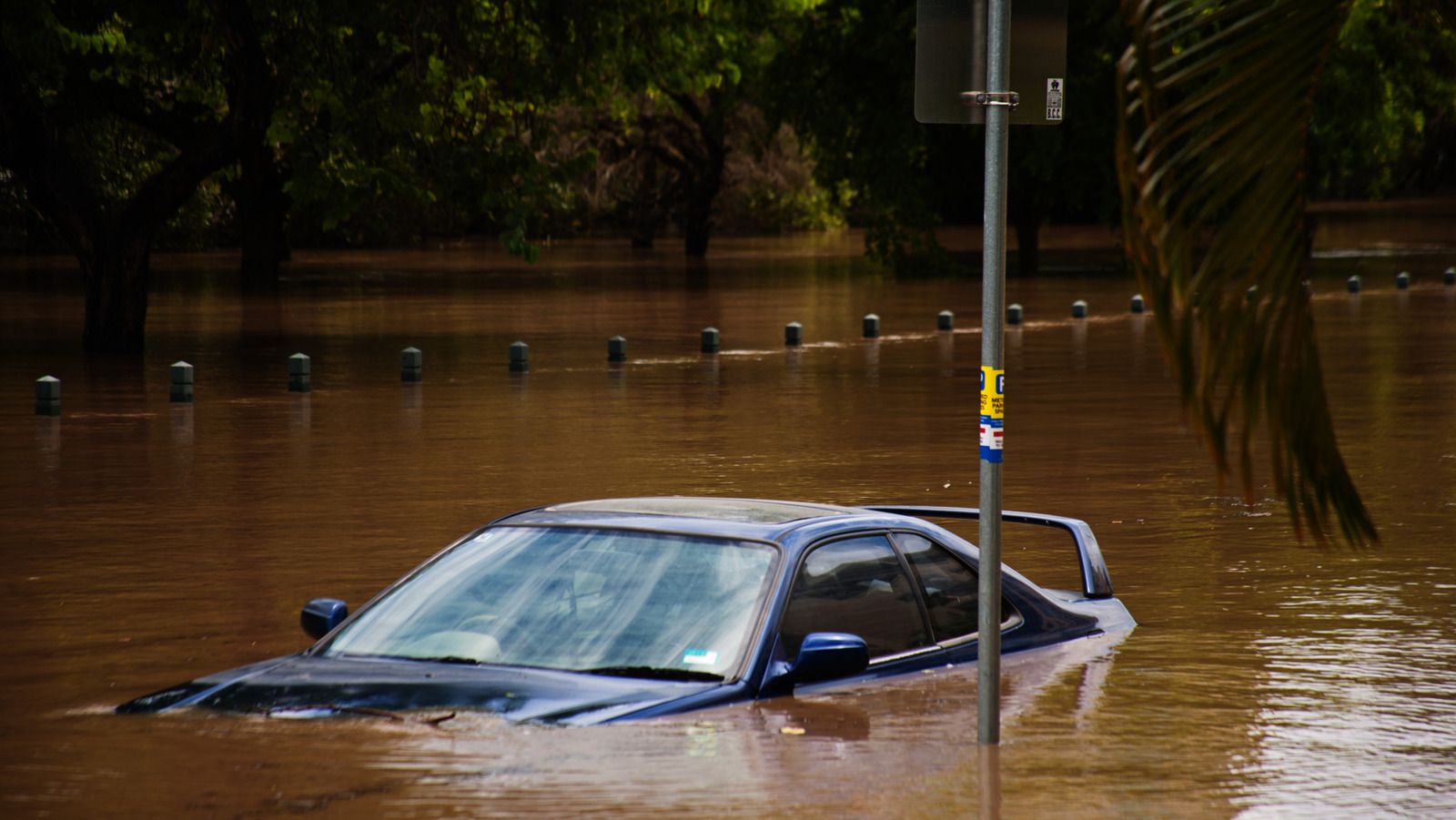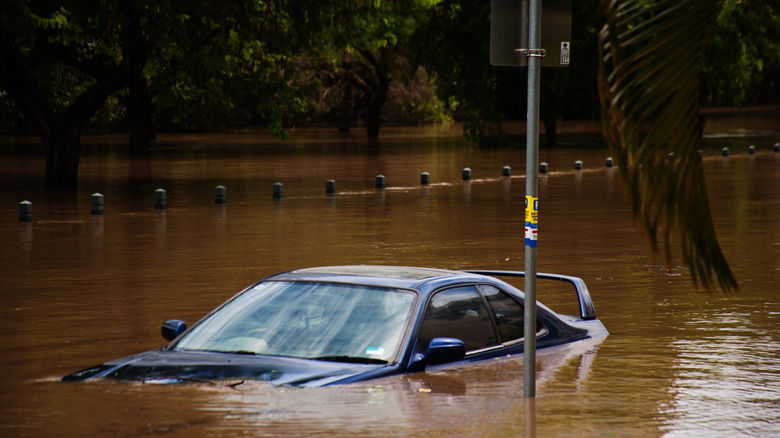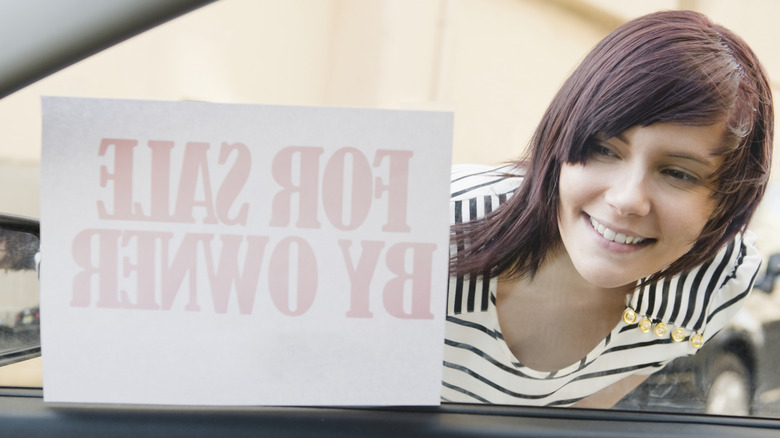When buying a used vehicle, there’s always the chance that the seller, whether a car lot or a private individual, isn’t on the up and up. Previous owners have all kinds of tricks and schemes they use to squeeze money out of unsuspecting buyers, ranging from the mundane and annoying to the outright fraudulent, but the worst one is possibly trying to sell a flooded vehicle. Unfortunately, with unchecked climate change running rampant and the weather getting weirder and more severe every year, we’re probably going to see a lot more flooded cars on the market in the near future.
What’s so bad about a flooded car? Well, just think about it — how bad is it when water gets somewhere it’s not supposed to be? Pretty bad, right? Now compound that when the water is full of dirt, sand, plant matter, sewage, and possible hazardous materials, and you can quickly see what the problem is. If a flooded basement is bad, a flooded car is worse: You can (usually) reliably fix a flooded basement, but a flooded vehicle can hide its problems for months or even years after being sold by an unscrupulous seller. By then, you’re on the hook for potentially thousands in repairs, if the vehicle can be repaired at all.
Come hell or high water
Okay, so, you’ve found the (used) car of your dreams and you’re ready to buy it. Thing is, there’s a rumor going around that some cars recovered from a recent flood area are on the market. How do you make sure you’re not getting a flood car?
First off, run a VIN search. Run the VIN through CARFAX to see details the seller may be hiding from you: If you see “salvage” or “flood damage” or something similar on the results, proceed with caution (or run). If the VIN search turns up clear, then check for dirt, sand, or debris in places like the glove box, trunk, the crevices of the alternator, or under the spare tire. Basically, if you find dirt, sand, or little bits of plant life in places they shouldn’t be, the chances are high that you’re looking at a flood car.
Other things you can do include checking the exterior lights to see if they’re full of condensation or water, looking under the carpets for mold or water stains, and checking the bolts and screws inside the center console or under the dash for rust. The spare tire well might show a water line, which would also suggest the car was in standing water. Also, don’t forget the smell test: If the car smells musty or otherwise weird, it’s likely been flooded. Since we know how water and electronics mix, check to see that all the vehicle’s electrical systems work correctly, especially the wipers and infotainment system.
Finally, you should always get a used car checked out by a trusted mechanic before buying it, whether you suspect it’s flooded or not. Remember, an ounce of prevention is worth a pound of cure.




